Looking for the perfect refreshing summer drink? This Hugo Spritz recipe is about to become your new favorite cocktail, especially if you're looking for a spritz recipe without Aperol or Campari. It's a delicious balance of floral flavor, subtle sweetness, and that crisp flavor from the bubbly prosecco that comes together for such a delightful cocktail, perfect for hot summer days.
This post may contain affiliate links, meaning I may earn a small commission when you click on the links and make a purchase. I will never recommend a product that I don’t support 100%.
You'll love this Hugo Spritz recipe
It's delicious. This is such a refreshing cocktail and seriously should be the drink of the summer! I love that it's sweet, but not too sweet; it doesn't have that bitterness that a classic Aperol spritz often has.
It's easy to make. Similar to any spritz recipe, it's 3 parts prosecco, 2 parts elderflower liqueur, and 1 part club soda. Except you do add in fresh lime juice and muddled mint.
It's the perfect summer spritz. Honestly, with the floral notes, the Hugo spritz cocktail is perfect for spring or summer, but when I think of Italian spritzes, I think of summertime.

Ingredients
Elderflower Liqueur. This is the star of the show. Elderflower liqueur, such as St. Germain or St. Elder, adds a subtly sweet, floral flavor that defines the Hugo Spritz cocktail. It’s what gives the drink its light, aromatic taste that sets it apart from more bitter Italian spritzes.
Fresh Lime Juice. Fresh lime juice adds natural lemon-lime acidity, balancing the sweetness from the liqueur and prosecco.
Fresh Mint Leaves. Mint is essential to the classic Hugo Spritz. The addition of mint brings a cooling, herbal note and gives the cocktail its signature garden-fresh vibe. Lightly slap the leaves before adding to release their oils and boost the aroma.
Prosecco. Prosecco is a dry, bubbly sparkling wine from Northern Italy and the source of Hugo’s effervescence. It brings brightness, balance, and just the right amount of fizz. You can also use other types of sparkling white wine, but for that true northern Italian province flavor, a bottle of Prosecco is ideal.
Soda Water. Adding a splash of soda water, club soda, or even mineral water gives the Hugo a lighter mouthfeel and keeps it ultra-refreshing. It helps balance the sweetness from the elderflower liqueur and adds more of that signature spritz sparkle.
How to make a Hugo spritz
Follow these simple steps to mix the best cocktail:
- Fill a large wine glass with large ice cubes.
- Add elderflower liqueur (or elderflower syrup) and a splash of fresh lime juice.
- Top with ml Prosecco (about 3 parts) and a part soda water or club soda.
- Stir gently to combine.
- Garnish with mint sprig, lime wheels, or an edible flower for that floral flavor and stunning presentation.
Is Hugo Spritz Italian or French?
The Hugo Spritz is Italian! It has origins in Northern Italy, specifically South Tyrol near the Austrian border. The Hugo Spritz cocktail has grown in popularity and is now a staple at any respectable cocktail bar or summer gathering.
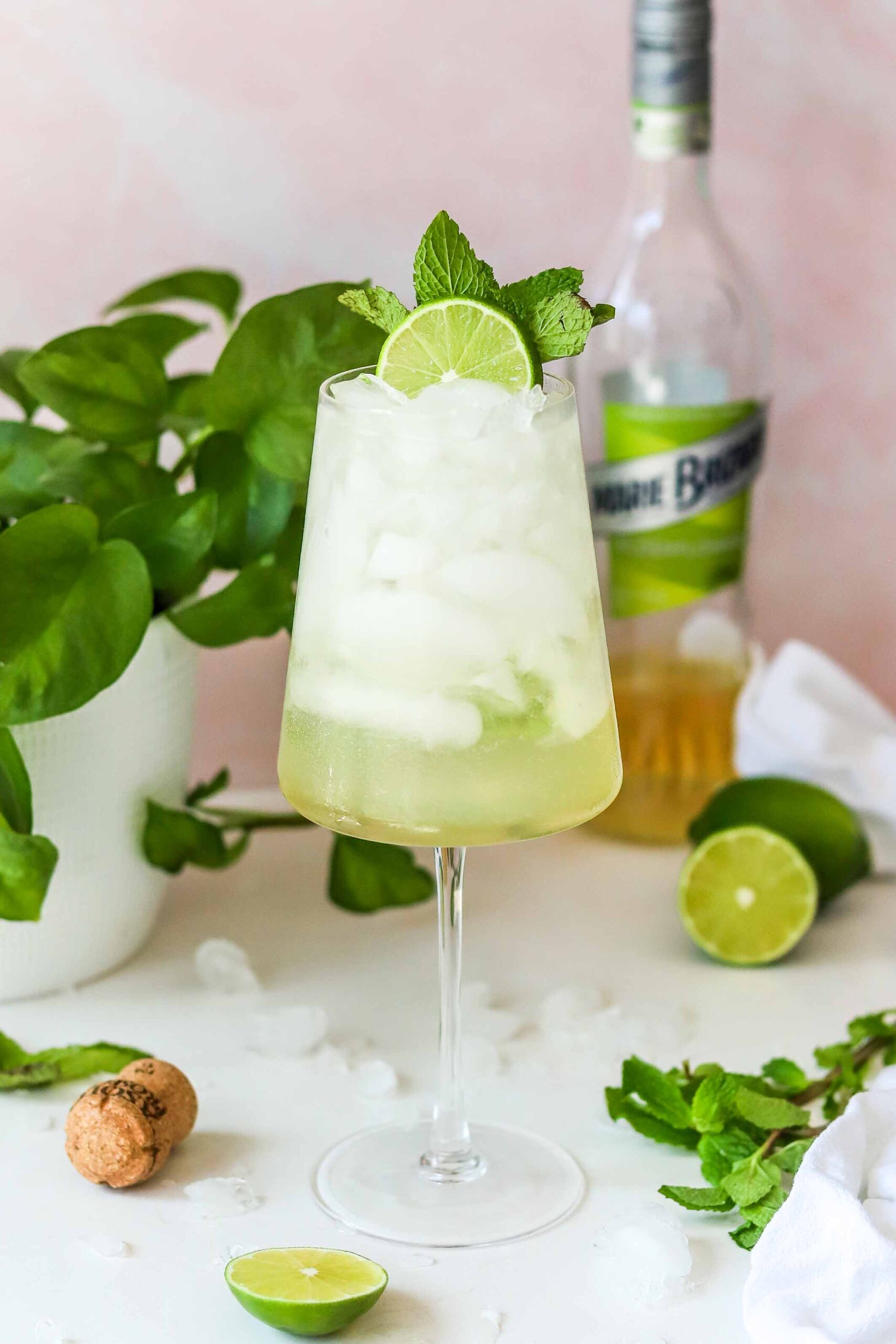
Substitutions and variations
Non-Alcoholic. You can use a non-alcoholic elderflower syrup, with an N/A sparkling wine, to still get this classic Italian cocktail without any of the booze!
Citrus Juice. Use lemon juice instead of lime!
Sparkling Wine Options. No Prosecco? Use any dry sparkling white wine, sparkling wine, or even mineral water for a mocktail version.
Fruity Garnish. Add fresh fruit, such as raspberries or strawberries, for color and sweetness.
FAQs
What is the difference between Aperol and Hugo Spritz?
The main difference lies in the flavor and base ingredients. The classic Aperol Spritz features a bitter liqueur (Aperol), known for its orange hue and herbal bitterness. The Hugo Spritz, however, swaps that out for elderflower syrup or cordial, giving it a much lighter, floral flavor. Think of the Hugo as a refreshing sip that’s easier on the palate, especially during the summer months.
Is a St. Germain spritz the same as a Hugo Spritz?
They’re very similar! In fact, a St. Germain spritz is a popular variation of the Hugo cocktail recipe, often made with St. Germain elderflower liqueur, Prosecco, and club soda. However, the true Hugo Spritz recipe traditionally calls for lemon balm syrup or elderflower cordial, and often includes mint sprigs and lime slices as a garnish. It’s a subtle, but delicious distinction!
don't miss a thing!
subscribe to get all the latest recipes delivered right to your inbox!
Pin it for later!
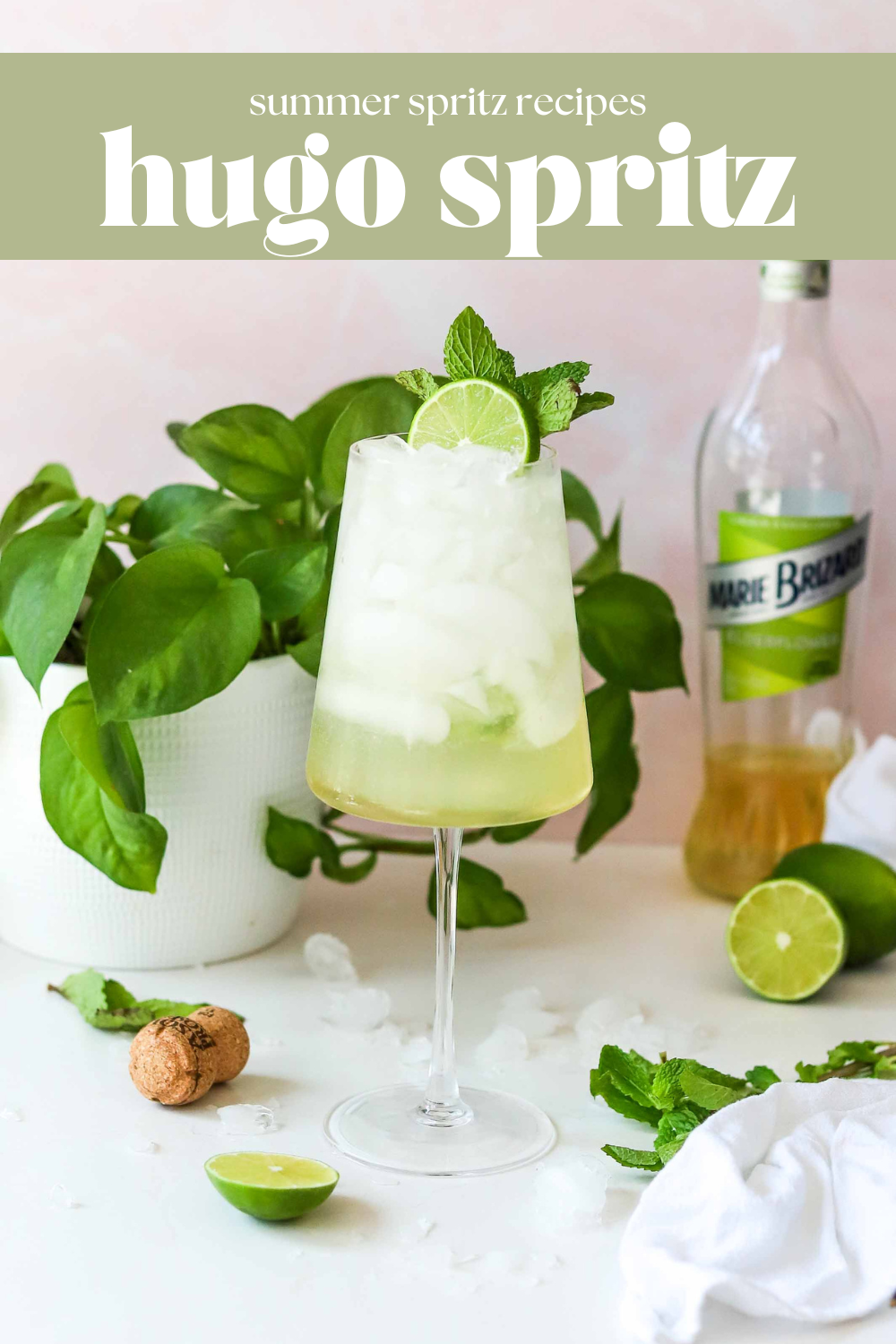
Want more spritz recipes?

Hugo Spritz Recipe
Looking for the perfect refreshing summer drink? This Hugo Spritz recipe is about to become your new favorite cocktail, especially if you're looking for a spritz recipe without Aperol or Campari. It's a delicious balance of floral flavor, subtle sweetness, and that crisp flavor from the bubbly prosecco that comes together for such a delightful cocktail, perfect for hot summer days.
Ingredients
- 2-3 mint leaves
- ½ oz lime juice
- 2 oz elderflower liqueur
- 3 oz prosecco
- 1 oz soda water
Instructions
- In a cocktail shaker, muddle your mint leaves together with the fresh lime juice. Set aside.
- Fill a large wine glass with large ice cubes.
- Pour in your lime juice and mint mixture, then add elderflower liqueur, prosecco, and club soda.
- Stir gently to combine.
- Garnish with a mint sprig, lime wheels, or an edible flower for that floral flavor and stunning presentation.
Notes
Is Hugo Spritz Italian or French?
The Hugo Spritz is Italian! It has origins in Northern Italy, specifically South Tyrol near the Austrian border. The Hugo Spritz cocktail has grown in popularity and is now a staple at any respectable cocktail bar or summer gathering.
Substitutions and variations
Non-Alcoholic. You can use a non-alcoholic elderflower syrup, with an N/A sparkling wine, to still get this classic Italian cocktail without any of the booze!
Citrus Juice. Use lemon juice instead of lime!
Sparkling Wine Options. No Prosecco? Use any dry sparkling white wine, sparkling wine, or even mineral water for a mocktail version.
Fruity Garnish. Add fresh fruit, such as raspberries or strawberries, for color and sweetness.
FAQs
What is the difference between Aperol and Hugo Spritz?
The main difference lies in the flavor and base ingredients. The classic Aperol Spritz features a bitter liqueur (Aperol), known for its orange hue and herbal bitterness. The Hugo Spritz, however, swaps that out for elderflower syrup or cordial, giving it a much lighter, floral flavor. Think of the Hugo as a refreshing sip that’s easier on the palate, especially during the summer months.
Is a St. Germain spritz the same as a Hugo Spritz?
They’re very similar! In fact, a St. Germain spritz is a popular variation of the Hugo cocktail recipe, often made with St. Germain elderflower liqueur, Prosecco, and club soda. However, the true Hugo Spritz recipe traditionally calls for lemon balm syrup or elderflower cordial, and often includes mint sprigs and lime slices as a garnish. It’s a subtle, but delicious distinction!
Recommended Products
As an Amazon Associate and member of other affiliate programs, I earn from qualifying purchases.















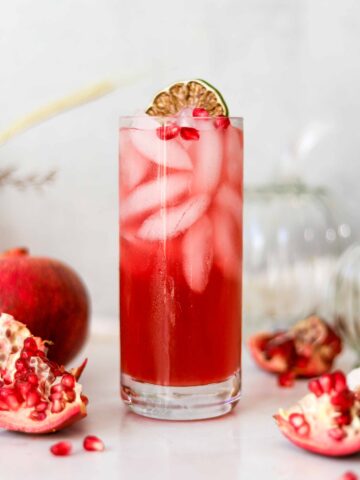
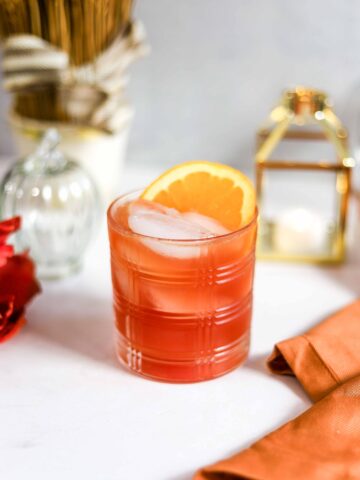
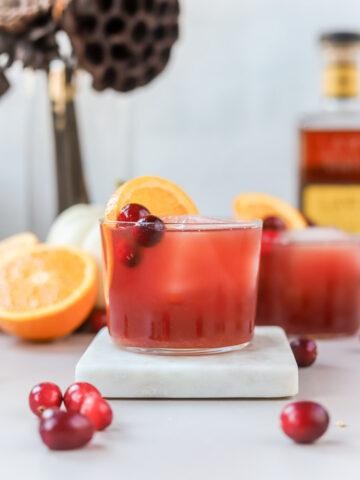
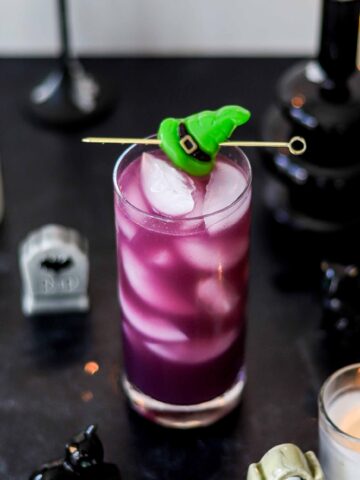
Leave a Reply